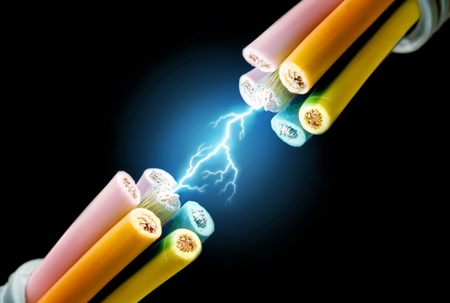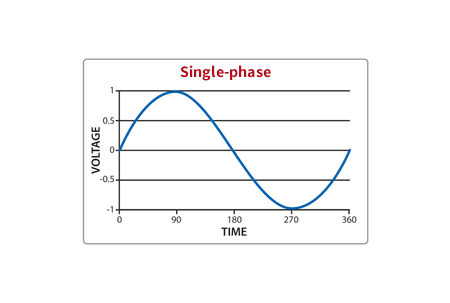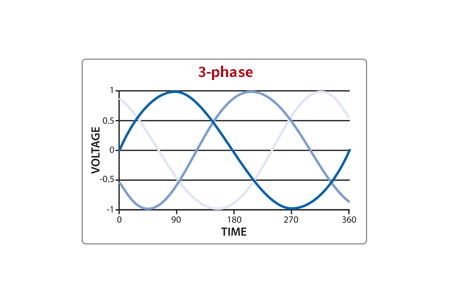TYPES OF ELECTRICITY

Electricity or Electrical Energy is created by Electrons, which are charged particles. There are two main types of electricity namely Static Electricity and Current electricity.
STATIC ELECTRICITY : When electrons collect within or on the surface of a material and remain stationery – is called static electricity. Electrostatics is the branch of physics that deals with stationary or slow moving electricity. When static electricity is discharged – it is called static discharge. Lightning is a dramatic example of static discharge. The static electricity stored in the clouds are released as lightning. For Static charge to remain – the material should have high resistance to flow of electricity. Plastics are materials that hold static electricity.
Static electricity are generally used in filters, photocopiers & printers, painting etc. Only recently static electricity has been drawing attention and its utilisation is increasing.
CURRENT ELECTRICITY : Just as when water flows it is called a current – when the electrons flow or move from one pole to other – it is called current electricity. Electrical currents are created when there is a potential difference. It can also be created by magnetism and heating. Most of the applications of electricity are possible due to current electricity.
TYPES OF CURRENT ELECTRICITY : There are two main types of current electricity. They are called Alternating Current ( AC ) and Direct Current ( DC ).
The waveform of AC ( when viewed in an oscilloscope ) is Sinusoidal ( SINE WAVE ) as the electrons keep changing the polarity from + to – . DC power Waveform is a straight line.

AC power can be sent through long distances and its voltage can be easily increased or decreased using Transformer, all these are not possible with DC. However large quantity of DC power can be Stored in a battery. AC power is commonly used in our homes, factories, shops, offices etc, and batteries are used where stored power is needed.
1 PHASE & 3 PHASE - AC POWER : Normally for usage in small quantity ( Low Current applications ) AC power is in Single Phase + Neutral and its normal voltage is 110 Volts or 220 Volts. For transmitting and usage in huge quantity (high Current applications) - AC electric power is generated in 3 Phases ( R, Y & B ) + common Neutral and its normal voltage is 440 Volts.

Single-phase power is:
Used mostly in homes
For most smaller customers, including homes and small, non-industrial businesses
Adequate for running motors up to about 5 horsepower.
With the wave form of single-phase power, when the wave passes through zero, the power supplied at that moment is zero.
Three-phase power is:
Commonly used by large and heavy users of electricity including retail & office establishments, industry and transport etc.
Increasingly popular in power-intensive applications
3-phase allows for smaller, less expensive wiring and operations at lower voltages, making it safer and less expensive to run
Highly efficient for an equipment to run on 3-phase. A single-phase motor draws significantly more current than the equivalent 3-phase motor, making 3-phase power a more efficient choice for industrial applications.
3-phase power has 3 distinct wave cycles that overlap. Each phase reaches its peak 120 degrees apart from the others so the level of power supplied remains consistent.

The above picture helps us understand the difference between single-phase and three-phase. Imagine a lone paddler in a canoe. He can only move himself forward while his lone paddle pushes through the water. When he lifts the paddle out of the water to prepare for the next stroke, the power supplied to the canoe is zero. Now if the same canoe has three paddlers and if their strokes are synchronized – such that each is separated by 1/3 of a stroke cycle, the canoe receives constant and consistent propulsion. The canoe moves across the water more smoothly and efficiently.

Copyright © 2017 VsolV, Rights Reserved.| Privacy Policy | Terms of Use | Designed by HourGlassIT | Web Design Services Chennai